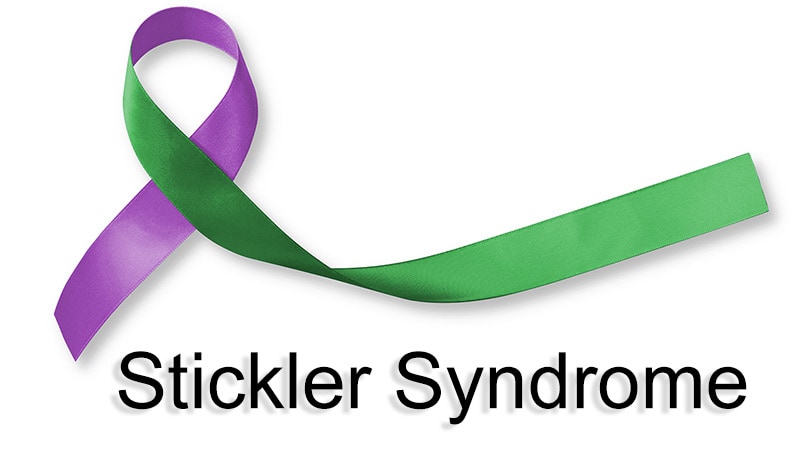Genetic Testing Fails to Predict Optimal Timing for Retinal Detachment Prophylaxis in Stickler Syndrome
The study presented at the American Society of Retina Specialists (ASRS) 2024 Annual Meeting examined the relationship between specific genetic mutations and the severity of Stickler syndrome. The researchers conducted genetic testing on 60 patients with retinal detachment and suspected Stickler syndrome, finding pathogenic variants in the COL2A1 or COL11A1 collagen genes in 93% of the patients.
However, the researchers did not find obvious differences in the onset and laterality of retinal detachment or the incidence of systemic disease between patients with the two variants. They did observe that patients with COL2A1 variants causing an aberration or reduction of the type 2 collagen alpha-1 chain tended to have an earlier onset and more severe detachment.
The study also confirmed that 50% of first-degree, at-risk relatives who were tested had the disease, with clinically significant signs, but none had retinal detachment. The researchers noted that there is no clear correlation between a specific gene mutation and the disease manifestation, and it remains challenging to determine the optimal timing for intervention to prevent vision loss in Stickler syndrome patients.
The study highlights the limitations of genetic testing in predicting the clinical course of Stickler syndrome and the need for a more comprehensive approach, including detailed family history and clinical assessments, to guide treatment decisions.
התאם אישית סיכום
כתוב מחדש עם AI
צור ציטוטים
תרגם מקור
לשפה אחרת
צור מפת חשיבה
מתוכן המקור
עבור למקור
www.medscape.com
Retinal Detachment Still Sticky Issue for Stickler Syndrome
תובנות מפתח מזוקקות מ:
by Manuela Call... ב- www.medscape.com 07-19-2024
https://www.medscape.com/viewarticle/retinal-detachment-still-sticky-issue-stickler-syndrome-2024a1000dcu
שאלות מעמיקות
